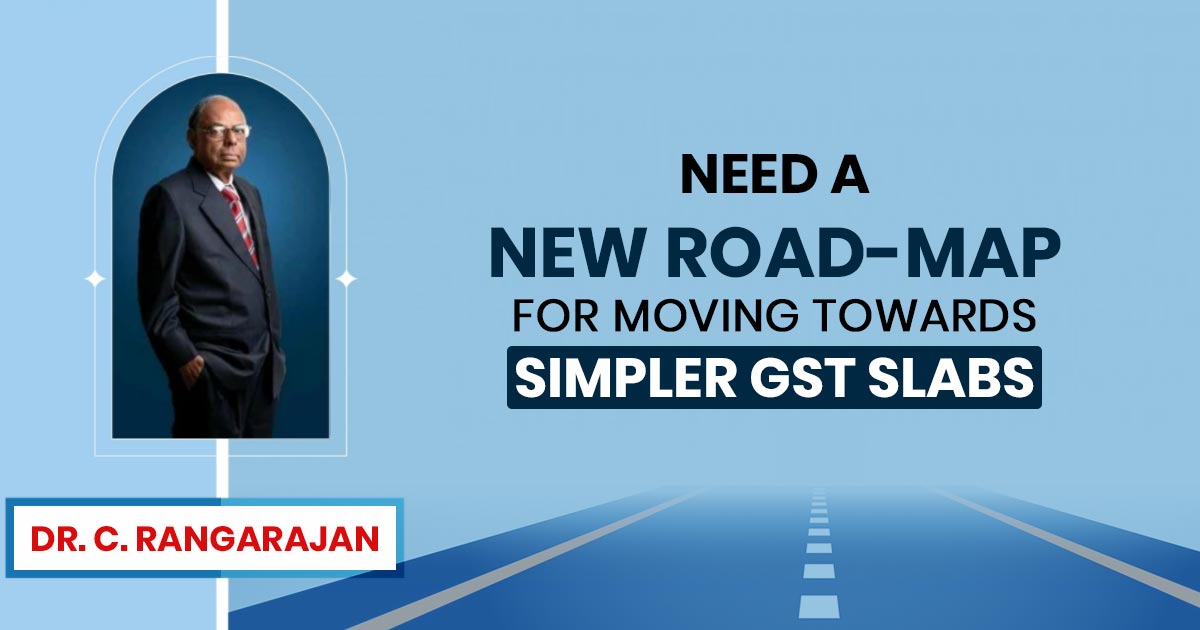
C Rangarajan, former Chairman, of the Economic Advisory Council to the Prime Minister and former RBI Governor said that for rationalizing the GST slabs a road map should be made.
What is the Need for GST?
Goods and Services Tax (GST) has the objective of furnishing a taxation system that is identical to the goods and services that the Centre and the state use to participate in and share the revenue.
In What Way Has it Proved to be a Game-changer?
The centre in the pre-GST indirect tax regime was taxing the goods to the point of leaving the place of production (excise duties). States had the authority to impose the tax at the point of sale (sales tax).
The thought was to combine the two to make one tax — from the point of manufacture to the time it is sold. Taxation on services was presented later than taxes on goods so the Centre maintained the power to tax services. Under GST, states too have the authority to tax services.
Read Also: Center is Planning to Rationalisation GST Slab Rate After Put on Hold for a While
It was also selected that the cascading effect of ‘tax on tax’ must be proceeded in the GST regime. It was designed as a consumption tax, as all intermediate taxes are set off, and we tax only what the consumer eventually pays.
What Remains Unresolved in GST Implementation?
For the three-slab system (four slabs if the zero rate slab is indeed acknowledged) we must proceed immediately and the rates must be reasonable. We need to have a road map for moving to the easier GST slabs. The system of compensation must not be reversed.
The major issues are the multiple slabs for GST and its complex structure. The majority of the countries have three slabs – one normal, one higher slab for luxury goods, and one lower for critical items.
The system gets complicated by the multiple GST layers and indeed decreases the revenue-neutral rate for states. The additional problem is the compensation principle required to stay out of GST. The compensation formula overcompensated the states since the taxes replaced from the GST did not rise at the 14% utilized in the formula of compensation.